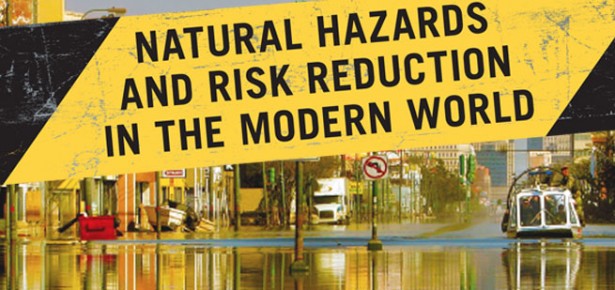
Hurricane Mathew struck Haiti on October 4, 2016, killing hundreds of people and devastating this impoverished nation, the poorest in the western hemisphere. As with the aftermath of Haiti’s 2010 earthquake, which destroyed the capitol of Port au Prince, charitable organizations, NGOs, faith-based groups and the UN all rushed to help, with offers of food, temporary shelter and other necessities of life. Unfortunately, another feature was common to both disasters: serious outbreaks of cholera, compounding the misery.
Could there be better ways to spend aid dollars?
One difference with the 2010 disaster is that this time, some donors are starting to ask hard questions, questions that at first glance seem distinctly uncharitable. Specifically, will the need for aid ever stop? Haiti is frequently visited by natural disasters, and some people are questioning whether previous aid has done much good in terms of improving the nation’s resilience. Could there be better ways to spend aid dollars? Some forms of foreign aid may actually do more harm than good, by reducing local incentives and hurting local businesses. For example, a big influx of food aid can destroy the livelihood of local farmers, reducing long-term food security. Economist Dambisa Moyo has argued that some forms of foreign aid seriously harm local economies through such unintended consequences.
Obviously emergency aid is critical in situations like Hurricane Mathew and the 2010 earthquake. But it is legitimate to ask whether aid is improving Haiti’s long-term prospects, so that the country is better prepared for the next disaster. There are reasons to suspect that such long-term thinking has not received enough attention. October’s cholera outbreak is a good example. Cholera has been a persistent problem in Haiti, often rearing its ugly head after disasters. In fact, many more Haitians have died from cholera since the 2010 earthquake than died from Hurricane Mathew. Worse, that cholera outbreak was a direct result of aid received after the earthquake – it was brought in by foreign aid workers.
cholera outbreak was a direct result of aid received after the earthquake – it was brought in by foreign aid workers
Cholera is a food- and water-borne illness, usually spread by fecal contamination. If one person in the community gets it, usually from poorly treated drinking water, and if his or her waste products are not properly treated, the disease rapidly spreads. Most aid organizations tend to focus on more immediate needs after a disaster. Setting up temporary shelters and serving meals may be easier to justify right after a disaster than applying for permits to start a five year sewage infrastructure project, but the latter is just as important.
The link between cholera and drinking water was first demonstrated by John Snow, a physician in London in 1854. It was one of the first studies to use an early form of GIS (Geographic Information System). Snow plotted the location of cholera cases on a map, showing that they were closely associated with proximity to a single well, one that turned out to be near the source of contamination. Once the well was closed, the incidence of cholera was greatly reduced. It is disappointing that more than 160 years after Snow’s discoveries, many countries still lack adequate water and sewage treatment facilities.
more than 160 years after Snow’s discoveries, many countries still lack adequate water and sewage treatment
Improved infrastructure is the key to reducing Haiti’s long-term problems. In terms of cholera outbreaks, communities need two types of infrastructure to minimize this deadly disease. On the “upstream” end, they need good water treatment facilities. On the “downstream” end, they need better sewage treatment facilities. Both require significant investments, and long-term commitments, at least with current technology. Designing them is also a challenge. In addition to being low cost and easy to maintain, the infrastructure needs to be both earthquake-resistant and hurricane-resistant.
Of course, not all aid groups are able to make these kinds of investments. A few may even be unwilling. Governments are often the worst offenders — happy to see their names associated with schools and hospitals, or to be seen providing short term assistance after a disaster, not so keen to make long-term investments in sewage treatment.
It’s worth noting that this problem is not unique to Haiti. My own city of St Petersburg, Florida, has a similar problem – critical investments in sewage infrastructure have also been lacking, (see Blog #1, Sewage and Sister Cities).
It’s also worth noting that progress is being made. In 2011 the Gates Foundation announced the goal of improving global sanitation by developing better technology for sewage treatment as well as a number of initiatives to improve local practices.
Gates Foundation announced the goal of improving global sanitation
November 16 was World GIS day (modern GIS uses sophisticated software to plot various types of data on a digital map, but are otherwise similar to Snow’s early plots). Let’s use the anniversary to promote improved water infrastructure around the world.
Further Reading:
Moyo, D. (2009) Dead Aid: Why Aid Is Not Working and How There Is a Better Way for Africa. Farrar, Straus, Giroux, New York, 188p.
Parts of this article are based on material in Chapter Three of his book Curbing Catastrophe: Natural Hazards and Risk reduction in the Modern World.
Latest Comments
Have your say!